Wave Optics Blog Posts
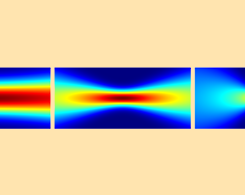
Understanding the Paraxial Gaussian Beam Formula
The paraxial Gaussian beam formula can be used to describe the Gaussian beam. We go over the theory behind this mathematical formula, as well as its limitations.
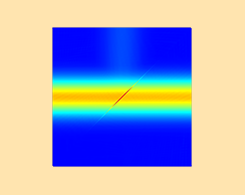
Study the Design of a Polarizing Beam Splitter with an App
Creating a numerical modeling app offers you a more efficient approach to analyzing and optimizing the design of optical devices. See an example of a polarizing beam splitter design app here.
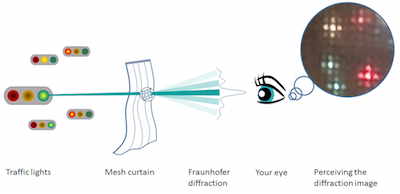
How to Implement the Fourier Transformation in COMSOL Multiphysics
See how to Fourier transform the electromagnetic field amplitude at the lens entrance in COMSOL Multiphysics® with a Fraunhofer diffraction example.

Comparing Two Interfaces for High-Frequency Modeling
When it comes to high-frequency electromagnetics modeling, which interface is better? We compare the Electromagnetic Waves, Frequency Domain and Electromagnetic Waves, Beam Envelopes interfaces.

How to Simulate a Holographic Page Data Storage System
As a follow-up to our blog post on modeling bit-by-bit holographic data storage, we demonstrate how to simulate a holographic page data storage system. Part 2 of 2.

Simulation Paves the Way for More Efficient OLED Devices
To study light loss in organic light-emitting diodes (OLEDs), researchers from Konica Minolta Laboratory turned to COMSOL Multiphysics®. Get the full story.
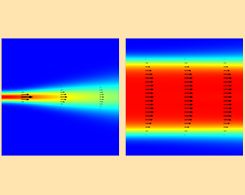
Simulating Holographic Data Storage in COMSOL Multiphysics
Get a demonstration of how to use COMSOL Multiphysics® to simulate holograms in a wide spectrum of optical and numerical techniques. Part 1 of a 2-part series.
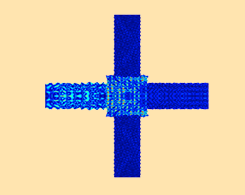
Modeling Phononic Band Gap Materials and Structures
A guest blogger from Veryst Engineering, a COMSOL Certified Consultant, shares simulation research designed to optimize band gaps for phononic crystals.
